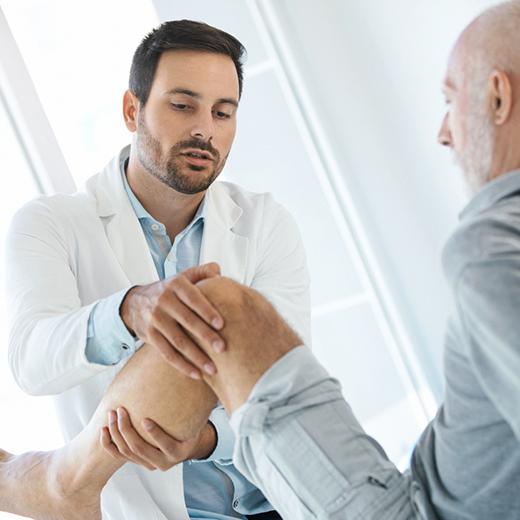4 Easy Ways to Bring Temporary Relief from Arthritis, Joint, and Muscle Pain
May 8th 2020
Although unpleasant and emotionally draining at times, we cannot deny the fact that pain is essential to living—not just metaphorically. Pain is our body’s way of saying that something is not working right, and we need to be paying more attention.
Did you know that 23% of all adults or more than 54 million people in the United States have arthritis? Worldwide, it is the leading cause of pain and disability More than 1 in 4 adults suffering from arthritis also report severe joint pain. Arthritis can start between 40 and 50 years old. However, body joint, muscle, and nerve pain can happen to anyone of any age.
Whether you’re experiencing the angst of arthritis, feeling recurring pain caused by other long term conditions, or having occasional pain due to rigorous activities, here are some ways you can try to bring temporary relief to your body.
1. Topical Remedy
Perhaps one of the most convenient temporary reliefs for body aches and pains is applying topicals, which can be in the form of cream, ointment, or oil. Rubbing where it hurts can provide a quick soothing sensation temporarily.Topical remedy is also preferred by those who want to avoid possible side effects that come with taking an oral medication, which may include gastrointestinal absorption and circulation of the drug in the blood.Be careful, though, and be wary of bold promises from topical CBD pain-relief products. Look for specific ingredients. For instance, look for active ingredients such as menthol and capsaicin as a topical analgesic, which temporarily relieves minor aches and pains of sore muscles and joints associated with arthritis, backache, strains, and sprains.
Try our Pain Relief Cream with CBD here.
2. Exercise
You may think this is counterproductive because who wants to move while feeling pain, right? But this does not mean enduring severe pain as you exercise. Instead, regularly move your joints to improve your range of motion, strengthen your muscles, and increase your endurance.
Go for activities that build the muscles around your joints but don't damage the joints themselves. It also helps to incorporate range-of-motion exercises, stretching, and gradual progressive strength training into your routine. Include low-impact aerobic exercises, such as walking, cycling, or water exercises.Overall, avoid activities that involve high impact and repetitive motion, such as tennis, jumping, and running.
3. Weight Loss
There is a link between weight loss and knee pain. Of the roughly 100 million American adults who experience common chronic pain, nearly 20 million of them have knee pain, according to a report from the Institute of Medicine (IOM). The extra pounds can increase the stress on your knees, and that stress can cause chronic pain.Make it a goal to lose weight by committing to an exercise routine, while keeping in mind the activities to avoid, as advised above.
This also means focusing on a well-balanced diet. Here are ways you can do it:
- Cut back on carbs.
- Drink lots of water and tea.
- Eat more soluble fiber, leafy greens, whole eggs, and other weight-loss friendly foods.
- Avoid sugary drinks, fried and processed foods, salt and preservatives, and too much dairy products.
- Bonus: Avoid smoking.
4. Relaxation and Massage
Relaxation techniques, such as meditation, yoga, and tai chi helps reduce stress, anxiety, and chronic pain. There is also progressive muscle relaxation, which involves a deep relaxation technique, which you can use to help relieve your arthritis symptoms.
You can also try massage. Through gentle manipulation with moderate pressure, it can help improve pain and stiffness temporarily and even improve range of motion.
Massage helps relieve pain and eases the muscle stiffness associated with arthritis by improving circulation, helping to reduce inflammation. This leads to enhanced blood flow to arthritic joints, improved movement, and reduced pain.
Opt for a therapist that knows where your arthritis affects you and never undergo a massage when there’s an active flare or when joints are especially tender and sensitive. Listen to your body.

